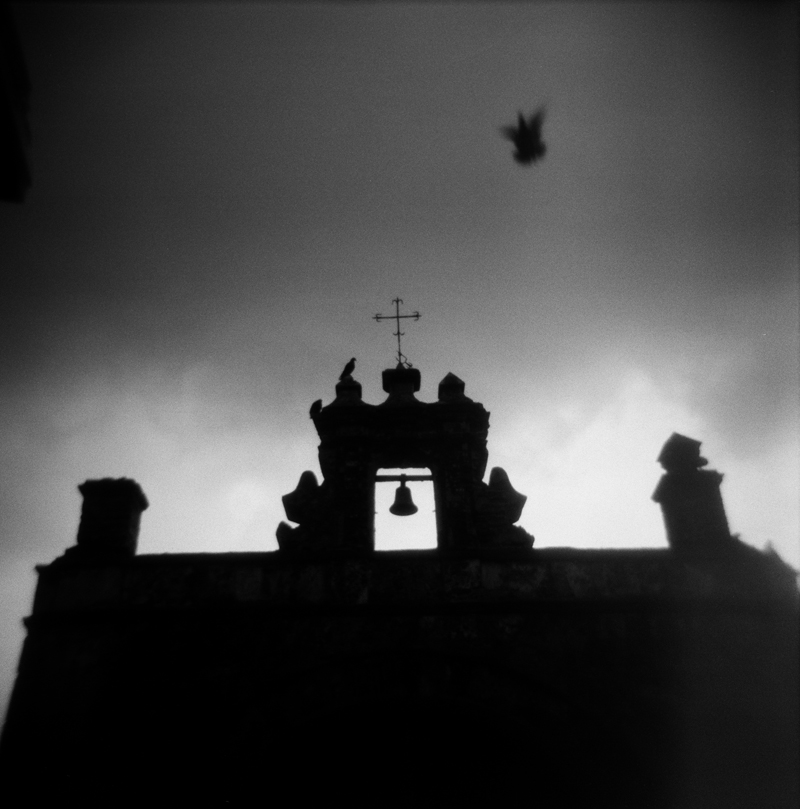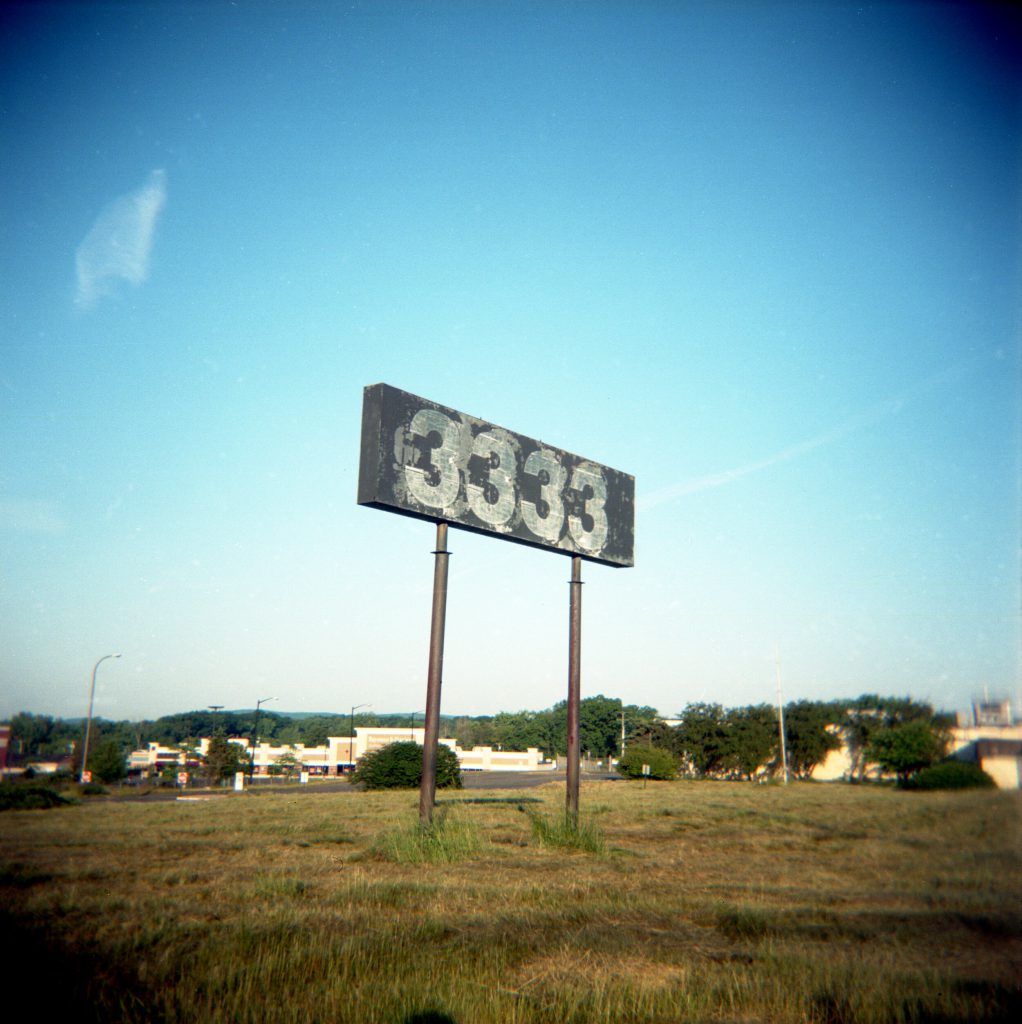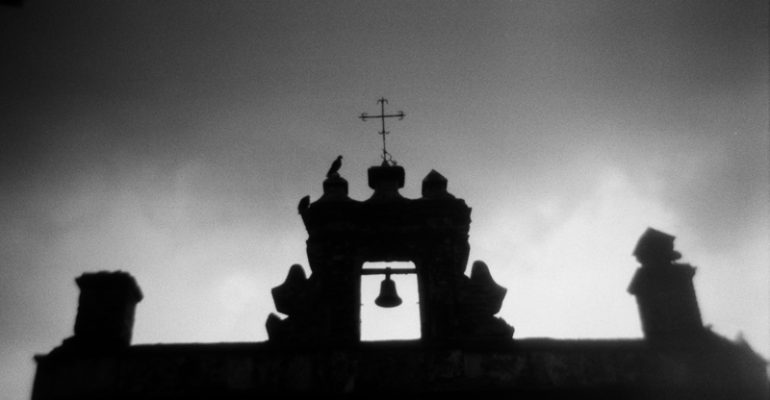In the fall of 2020 the International Toy Camera Festival, normally held in Somerville, Massachusetts, did its show virtually due to the pandemic. This is about the eighth year of this festival. Normally this festival is held in multiple venues around Somerville, all managed by one juror. This year they tried something new. They brought on THREE different jurors. Each of these jurors was given the exact same pool of hundreds of images taken by a toy camera (plastic film camera). The images came from photographers from around the world. Each juror then made their own “show” from those images.
That meant that sometimes an image was chosen for inclusion by one juror. Sometimes multiple jurors chose to include an image. And sometimes an image went unchosen.
You can see the results from the three jurors here. Remember, these were drawn from the exact same image pool. Each juror used their own selection criteria.
http://www.somervilletoycamera.org/exhibitions-2020
On Sunday, March 7th, 2021, an online virtual reception was held. This Zoom session included photographers from around the world – Israel, Austria, Australia, as well as all over the United States. The coordinators of the show explained that about half of the show tends to be US residents while the other half tends to come from non-US artists.
After introductory remarks, we had a discussion with juror William Franson. His curated gallery is here:
http://www.somervilletoycamera.org/2020-franson-gallery
William’s process was that he brought all of the images into Lightroom and carefully culled out ones that didn’t speak to him. Through round after round of doing this, he narrowed it down to his top images. He initially tried having some sort of a ‘theme’ but then he found that he would be required to leave out images he adored just because they didn’t happen to fit the theme. So he gave up on that and went with images he adored.
He tried to avoid using multiple entries by a single person, to give the best representation to the group as a whole.
During our Zoom session, William went image by image through his selection and gave a few thoughts on each work.
My image is in his grouping! I’m so pleased. I took this in San Juan, Puerto Rico, with a Holga 120 film camera. I used Ultrafine eXtreme black and white ISO 100 film for this shot.

William’s notes on my photo were:
“The quality of the light and the timing … without the bird and that sense of the moment, this would have been a somewhat static photo. But that appearance of the bird in that moment gives it this existential I’m there and I’m experiencing this dramatic moment, whether it’s significant or not.”
If you look through his gallery, you’ll see there is a definite type of image he preferred. For example, he also chose a work from an artist friend Mike Zeis:

Mike also took his image with a Holga film camera. He used Kodak Portra 400 film. William’s comments on this one are not an exact quote, as my notes here are sketchier, but William said that the the image was very simple but he kept coming back to it. William is a lover of photographs of signs and this one made him think. What is 3333? What is it telling us? He was not quite sure what was being said. He fell in love with 3333.
After William finished, we then talked with a second juror, Alison Nordstrom. Her selection is here:
http://www.somervilletoycamera.org/2020-nordstrom-gallery
Alison first tried to think of this project like setting up a virtual room and that just didn’t work for her. So then she tackled it like setting up a slideshow with transitions where the images fed into each other. She paid close attention to the sequence and deliberately chose images that fit into the “gaps” to join two images together. She very much cared about how images moved from one to the other in a relationship. She remembered going to clubs in the late ’60s where there would be people dancing while a visual slideshow played on the walls, with the images merging into each other.
So she focused a lot on shape, color, and image density. She thought about how an image flowed into the next. If two pieces didn’t quite flow together she found a joining piece.
She feels when you put the images side by side like that, you can sometimes realize things about the first work that you didn’t see before, until you see how it relates to the next image. She had an eye to styles of distortion that these film cameras generate. She also tended up with a colorful selection, with lots of blues and greens.
At this point the group discussed how a normal show process would be to take small printouts of each chosen image and to put them all on a table. Those small printouts would be moved around and rearranged until they created pleasing visual collections.
The group discussed the entire concept of having a juror choose works for a show. It could easily be that a great work doesn’t get included just because its color or texture or something doesn’t quite fit with other pieces that were included. Maybe a theme forms from most of the images and this other piece doesn’t quite match the theme. There are all sorts of reasons a piece doesn’t get chosen even if it’s a really nice piece on its own.
The third juror, Lou Jones, was unable to attend. His gallery is here –
http://www.somervilletoycamera.org/2020-jones-gallery
It was fascinating seeing how these jurors each approached the task of creating a show out of the incoming submissions.


